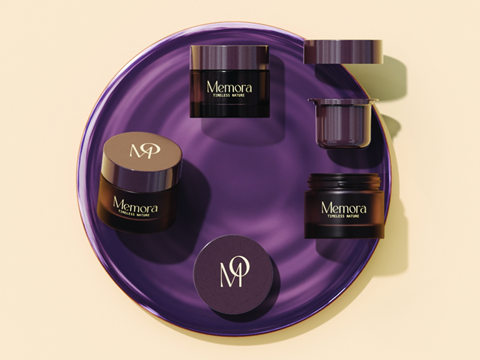
As part of an ongoing pilot project, Lumson, Krill Design, and researchers from the Politecnico di Milano have revealed a refillable jar made from recycled glass, design packaging made from grape residues, and an NFC chip for digital branding.
The Deluxe refill jar is made from post-consumer recycled glass. Its plastic plate, cover, and rechargeable inner cup are made from ReKrill Uva, a TÜV-certified biodegradable bioplastic.
An integrated NFC chip allows consumers to access a dedicated brand platform, designed to facilitate initiatives like loyalty programmes and promote the reuse and recycling of the pack. Apparently, it takes a ‘technical, authentic, anti-theft and traceab[le]’ approach to collecting consumer data while improving the user experience.
Additionally, the partners have unveiled design packaging made from grape residues – a move intended to combine luxury with the utilization of waste and byproducts from the food sector.
These developments come together under the MEMORA initiative, which in turn falls under the MUSA (Multilayered Urban Sustainability Action) – Spoke 5 project. It targets sustainability-minded innovation and circularity in fashion and design, seeking to ‘reimagine beauty as a conscious, authentic and regenerated experience’.
It also aspires to promote a replicable model of public-private collaboration, funded by the Ministry of Universities and Research under Italy’s National Recovery and Resilience Plan (PNRR). Additional contribution comes from the Politecnico di Milano, the University of Milano-Bicocca, Bocconi University, the University of Milan, the Università Cattolica del Sacro Cuore, and public and private partners.
Late last year, Lumson released a glass bottle for cosmetics products, utilizing pouch technology in its airless refill system. The design is believed to reduce CO2 emissions by 38%.
If you liked this story, you might also enjoy:
The ultimate guide to the Packaging and Packaging Waste Regulation in 2025
How are the top brands progressing on packaging sustainability?
Everything you need to know about global packaging sustainability regulation in 2025
The key to increasing the use of reusable packaging in supermarkets

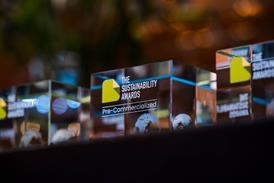

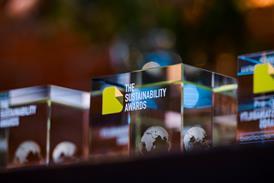
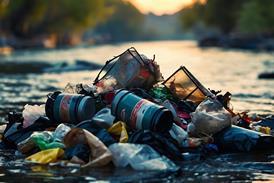
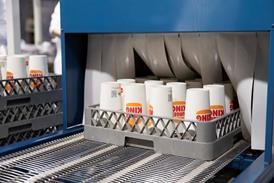












No comments yet